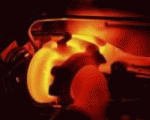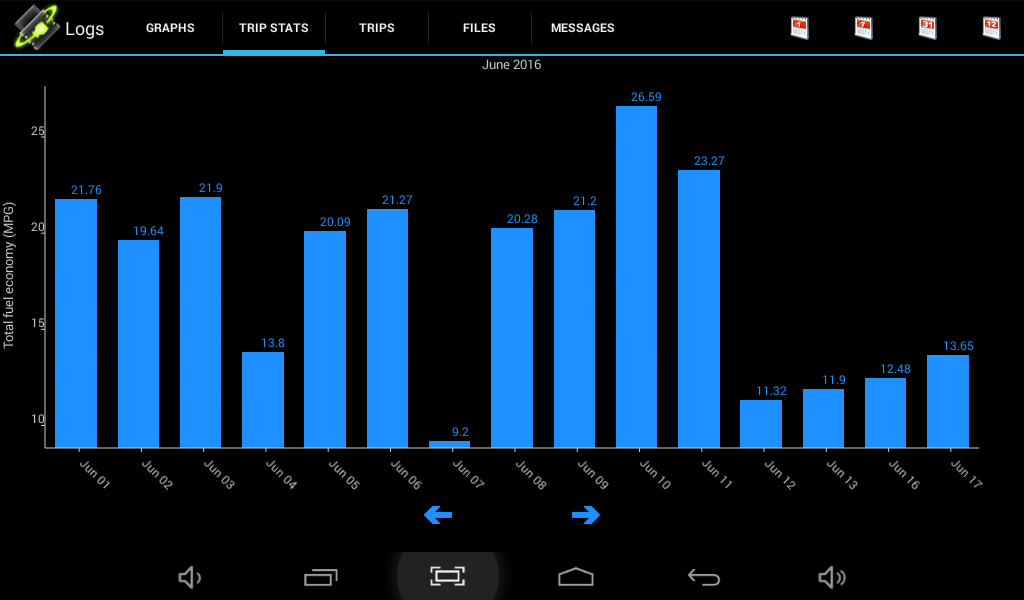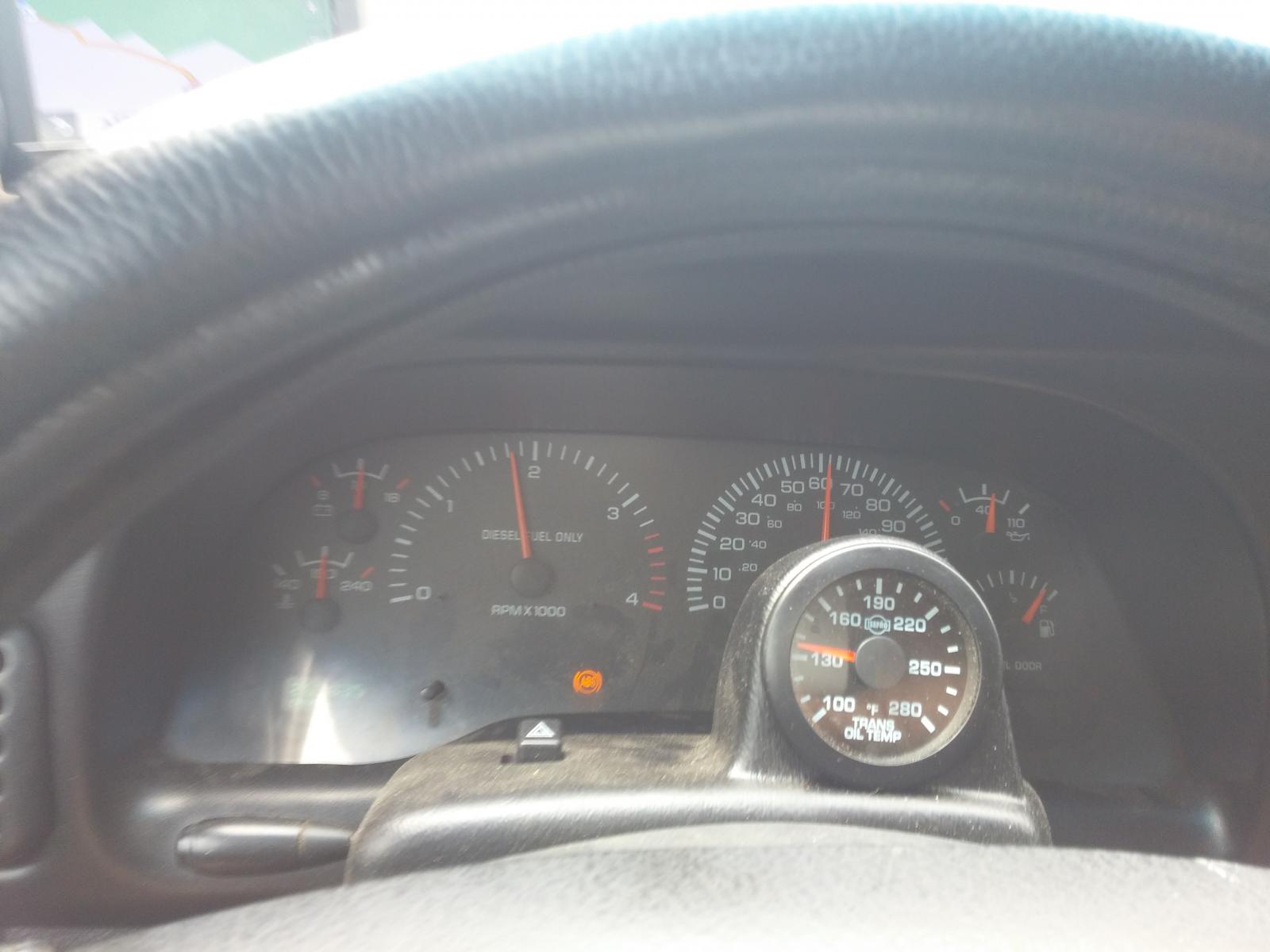Welcome To Mopar1973Man.Com LLC
We are privately owned, with access to a professional Diesel Mechanic, who can provide additional support for Dodge Ram Cummins Diesel vehicles. Many detailed information is FREE and available to read. However, in order to interact directly with our Diesel Mechanic, Michael, by phone, via zoom, or as the web-based option, Subscription Plans are offered that will enable these and other features. Go to the Subscription Page and Select a desired plan. At any time you wish to cancel the Subscription, click Subscription Page, select the 'Cancel' button, and it will be canceled. For your convenience, all subscriptions are on auto-renewal.
- Replies 134
- Views 19.5k
- Created
- Last Reply
Top Posters In This Topic
-
 Mopar1973Man 53 posts
Mopar1973Man 53 posts -
 KATOOM 24 posts
KATOOM 24 posts -
 AH64ID 21 posts
AH64ID 21 posts -
leathermaneod 8 posts
Most Popular Posts
-
A bit of information to add... Towing a 8k pound RV in 4th gear (Direct 1:1) up 7 mile 7% grade in 4th is MUCH COOLER than towing the same RV up the same grade in 3rd which actually tripped off my 220
-
108*F outside. 3rd Gear at 35 MPH and 2,200 RPMs 4th gear at 55 MPH at 2,100 RPMs
-
I agree that this is definitely not a direct comparison because I do know that the Fast Coolers do play a part and I know for fact that the blanketed exhaust does something as well. But the informati
Featured Replies

Did This Forum Post Help You?
Show the author some love by liking their post!
Welcome To Mopar1973Man.Com LLC
We are privately owned, with access to a professional Diesel Mechanic, who can provide additional support for Dodge Ram Cummins Diesel vehicles. Many detailed information is FREE and available to read. However, in order to interact directly with our Diesel Mechanic, Michael, by phone, via zoom, or as the web-based option, Subscription Plans are offered that will enable these and other features. Go to the Subscription Page and Select a desired plan. At any time you wish to cancel the Subscription, click Subscription Page, select the 'Cancel' button, and it will be canceled. For your convenience, all subscriptions are on auto-renewal.





First off let me say... I've followed some of the advise here and double checked a bunch of stuff. The transmission is over filled enough that the sensor is submerged in fluid constantly even in 5th gear and transfer case in neutral. As for the shift quality after nearly 1,000 miles already is still really tight feeling and not sloppy. As for transmission fluid temps empty running I see no more that 130*F tops at 68 MPH after 40 miles of driving even climbing grades. If the morning temperatures are down around 45*F it takes nearly a full 20 miles to rise off of the 100*F mark of the gauge. At midday with 75-80*F temps outside its barely reaching 130*F with flat travel might bump 140*F if climbing a 7% grade.Remember this is all empty truck and no towing... Now you might question the number of the fluid temps from the gauge I've used 2 different thermometers to verify the temperature reported by the gauge and alway darn close to the same value. No I did not install fast coolers nor did I change anything since installing the transmission on the temp gauge other than adding enough fluid to keep the sensor submerged.
As you see the first few days after the transmission install MPG was bit low. After working hard and pulling thee RV down south and back which would say the break in period of the transmission occurred. Now with the job I had in New Meadows, ID and running back and forth to McCall climbing a 7% grade doesn't seem to bother the MPG's like in the past.
Other that that I will say I'm pleased with Weller Trucks transmission rebuild it very tight and precise feel in the stick now compared to before. As for the transmission fluid I would have to say at this point of the game which is early yet but its a good solution for future fluid for NV4500.